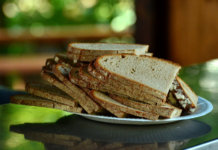Visitors in Germany usually opt for the big, exciting cities like Berlin, Munich or Hamburg. But going beyond the urban borders, one may find a treasure chest of hidden gems. Cozy little medieval villages, ornate castles, delicious local treats, stunning natural landscapes—you name it.
Because so many German cities and towns were damaged during the war, if you manage to find a village that was left unscathed it will be in its old, original form, all the more rare and magical!
1. Quedlinburg
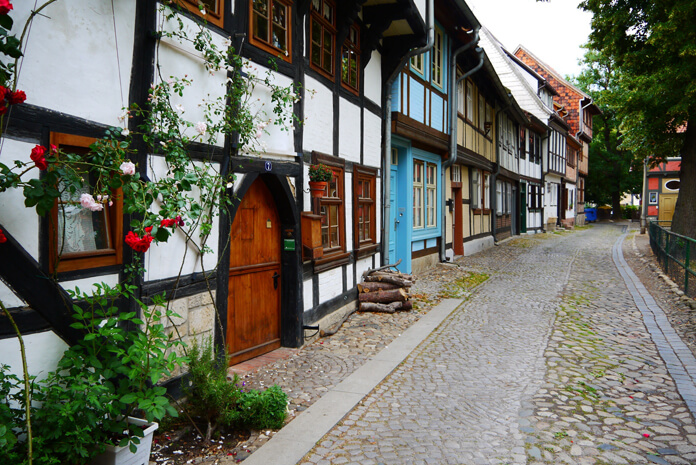
Nestled just north of the Harz Mountains, Quedlinburg is one of Germany’s most charming little villages. Luckily, it was spared from damage during World War II. And with more than 1,600 half-timbered buildings—more than any other German town—you will feel yourself transformed back to the Middle Ages.
It was named a UNESCO World Heritage Site. And if it can get any better, the town was ruled by aristocratic women for 800 years as a semi-independent state. Spend the afternoon getting lost in the cobblestone streets of the Altstadt (Old Town) trying to keep count of the thousands of red-roofed houses.
2. Rothenburg ob der Tauber
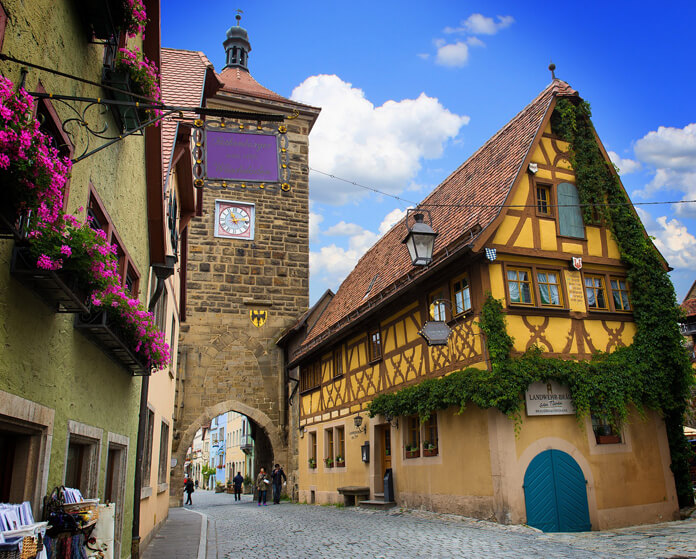
Located in Bavaria, just west of Nuremberg, Rothenburg is famed as Germany’s best-preserved medieval walled city. 40% of the town was destroyed during World War II. Luckily, the residents quickly rebuilt the old town in its original style. You will truly feel like you’ve walked into a time capsule. Narrow towers, imposing city walls, winding cobblestone streets and a walkable town wall create the perfect fairy-tale experience.
Tip: if you can make another step along the Romantic Road, check out Dinkelsbühl. Far less touristy than many other cities and villages, it isn’t as grand as Rothenburg, but still maintains the authentic medieval charm.
3. Rüdesheim

Known as the Rhine Valley’s most famous wine village, Rüdesheim am Rhein is listed a UNESCO World Heritage Site. Along with the delicious wines, the village is known for it’s quintessential German half-timber homes and a stunning surrounding landscape. Drosselgasse, a narrow cobblestone street stretching for 180 meters in lined with wine taverns and cozy restaurants, the perfect spot for a romantic evening.
4. Meissen
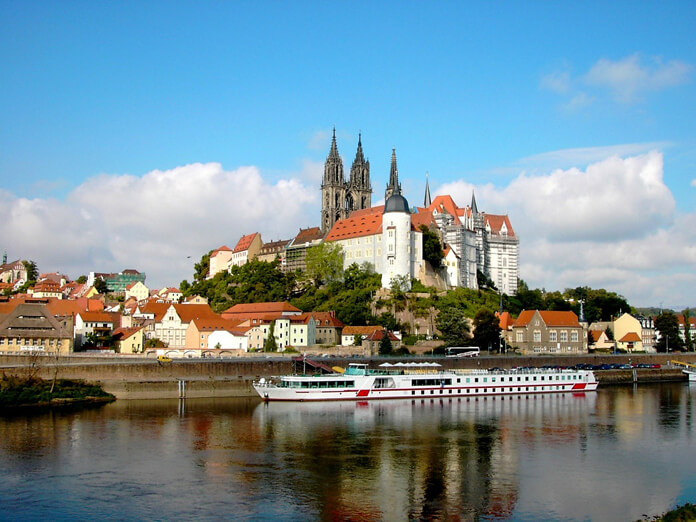
Just 25 km north of Dresden, you will find the romantic little village of Meissen. Built along the River Elbe, the village is famous for its porcelain production, medieval castle overlooking the city below and surrounding vineyards.
5. Goslar
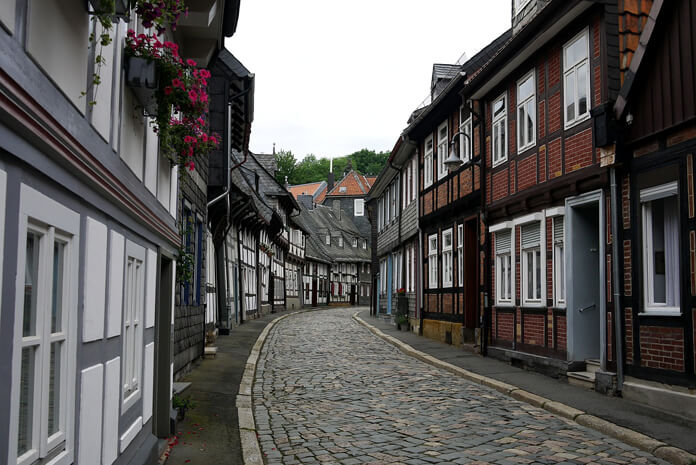
A favorite getaway for Germans, this quant little village is listed as a UNESCO World Heritage Site. Discovery of silver and copper ore deposits lured the Saxon and Salic emperors to built the largest Palatinate here in the 11th century—and the ore mines were closed down as recently as 1988.
Founded in 922, Goslar is known for its half-timbered homes, magnificent gates, old city walls and medieval Imperial Palace. And with more than 47 church spires, Goslar is aptly nicknamed the “Rome of the North”. Wind your way through the crooked, narrow, cobble-stoned streets and discover all the adventures the Old Town has to offer.


